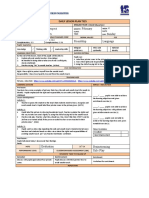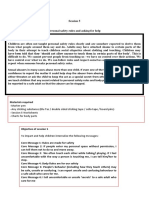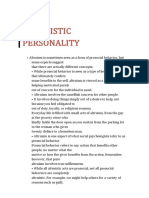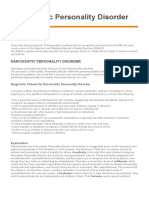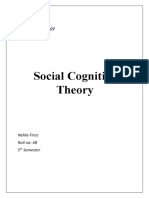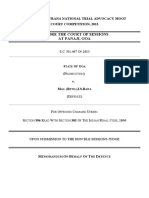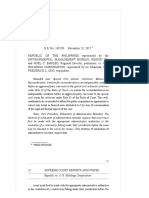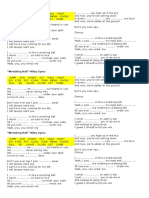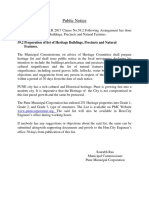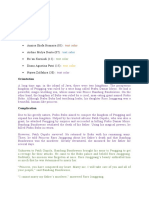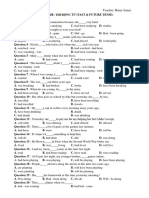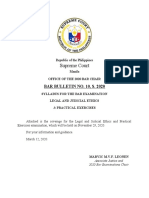0% found this document useful (0 votes)
59 views4 pagesRespect and Setting Boundaries
The training module focuses on understanding respect and setting boundaries in relationships, aiming to help students define these concepts and recognize their importance. Activities include icebreakers, group discussions, role plays, and creative exercises to identify personal boundaries across various contexts. The session emphasizes respectful communication and the significance of consent, personal space, and emotional safety.
Uploaded by
Nehla FirozCopyright
© © All Rights Reserved
We take content rights seriously. If you suspect this is your content, claim it here.
Available Formats
Download as DOCX, PDF, TXT or read online on Scribd
0% found this document useful (0 votes)
59 views4 pagesRespect and Setting Boundaries
The training module focuses on understanding respect and setting boundaries in relationships, aiming to help students define these concepts and recognize their importance. Activities include icebreakers, group discussions, role plays, and creative exercises to identify personal boundaries across various contexts. The session emphasizes respectful communication and the significance of consent, personal space, and emotional safety.
Uploaded by
Nehla FirozCopyright
© © All Rights Reserved
We take content rights seriously. If you suspect this is your content, claim it here.
Available Formats
Download as DOCX, PDF, TXT or read online on Scribd
/ 4




















